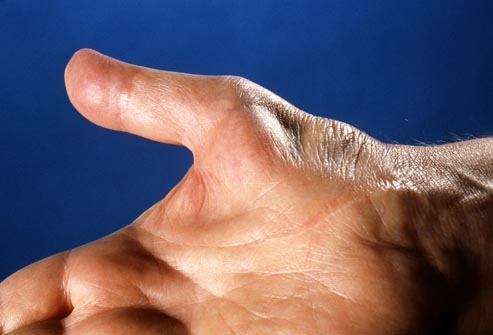Genuinely Inviting Feedback
All massage therapists know that we prefer our clients to speak up during a massage if anything feels uncomfortable. Unfortunately, the necessity of this message leads us to repeat ourselves so often on this score that, if we’re not careful, the discussion about feedback becomes rote, almost robotic, as in: “by-the-way-if-anythhing-doesn’t-feel-right-please-let-me-know.” The trouble is that when we sound … Continue reading Genuinely Inviting Feedback



